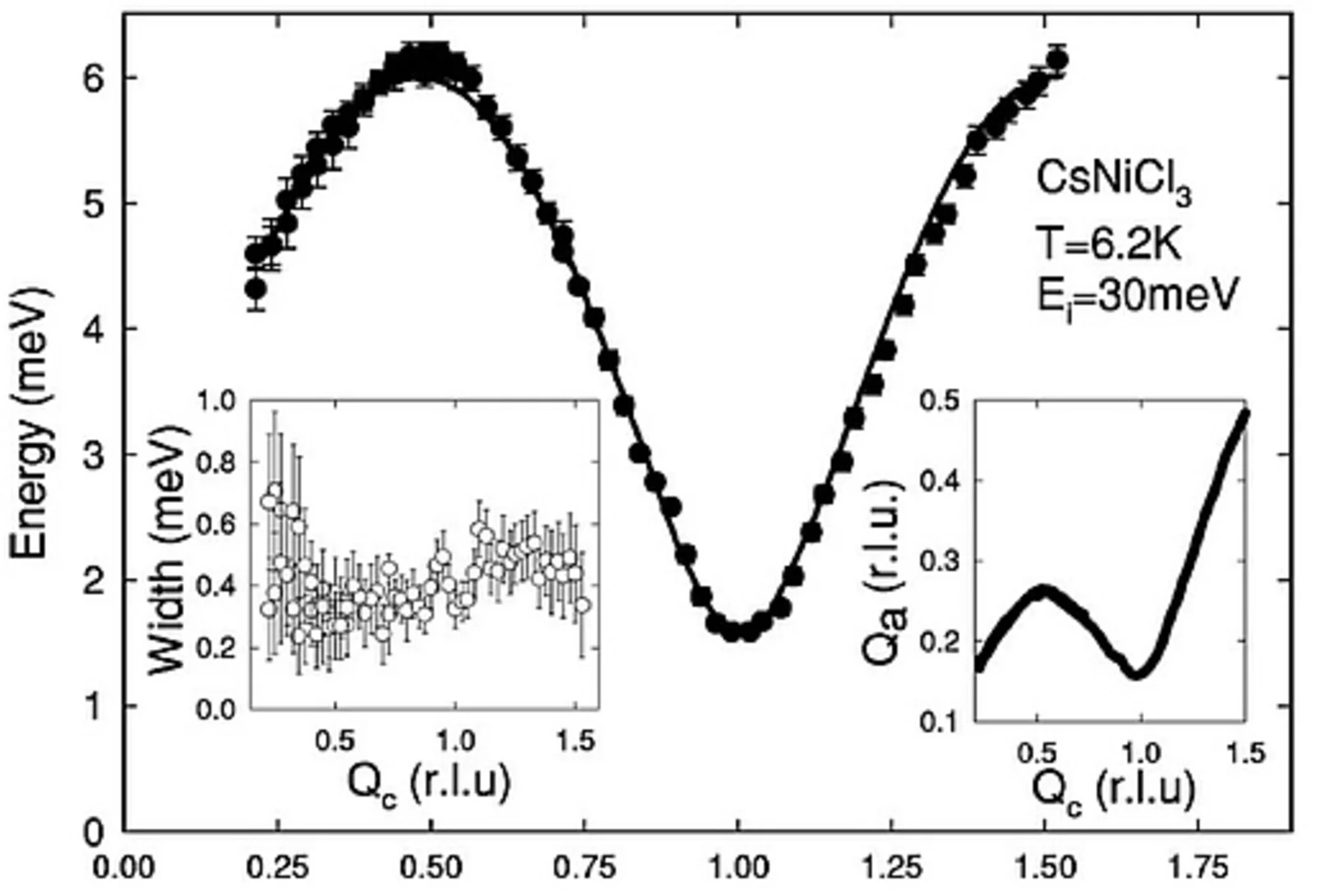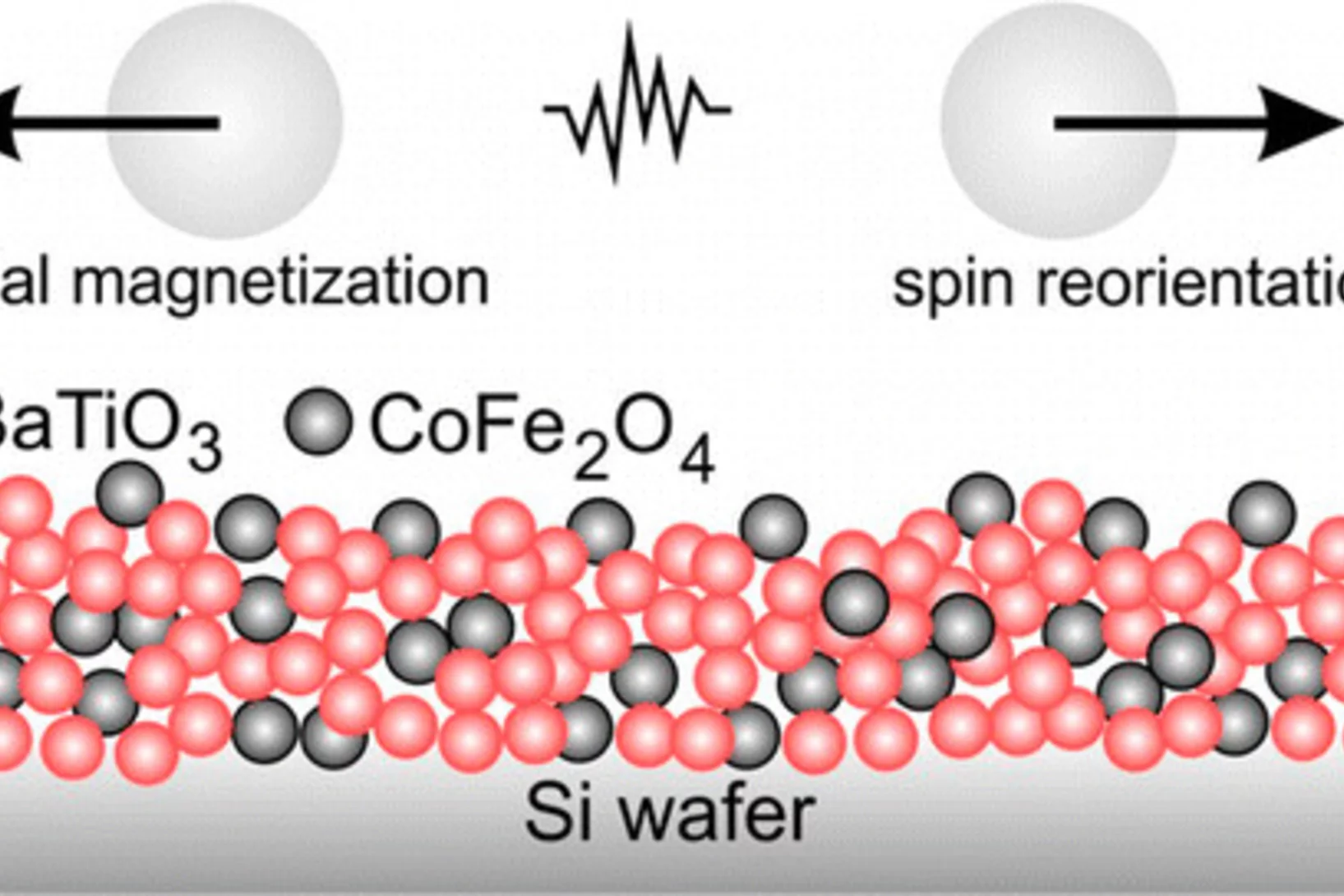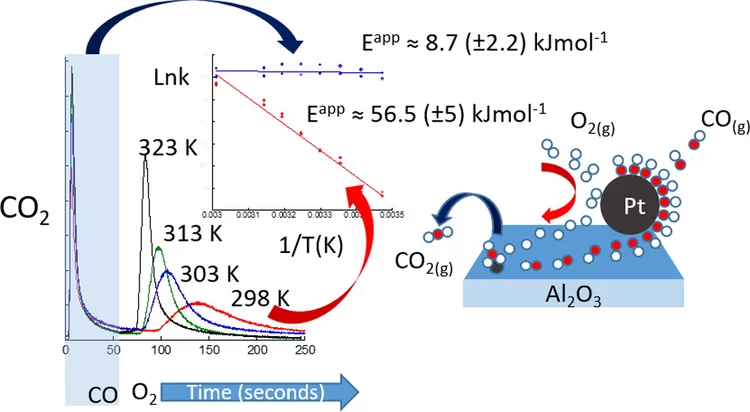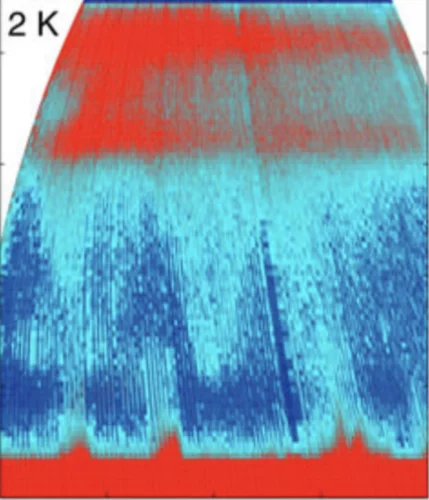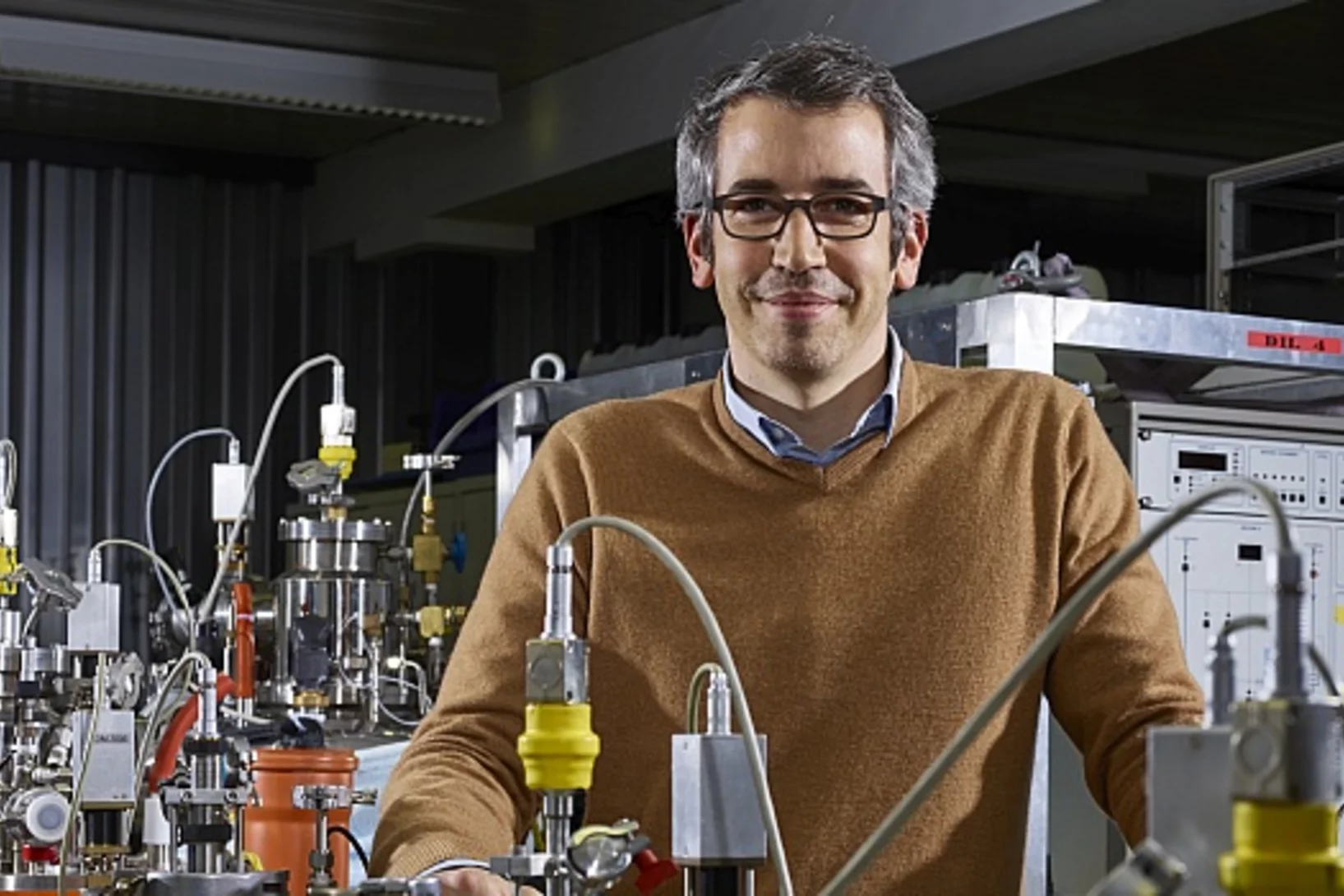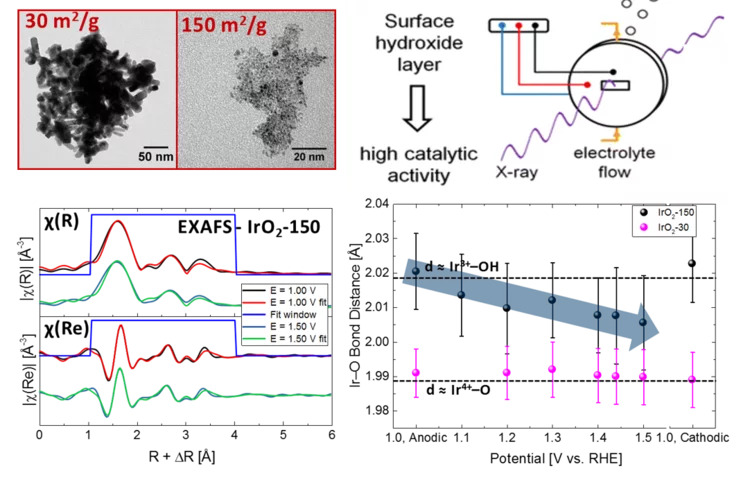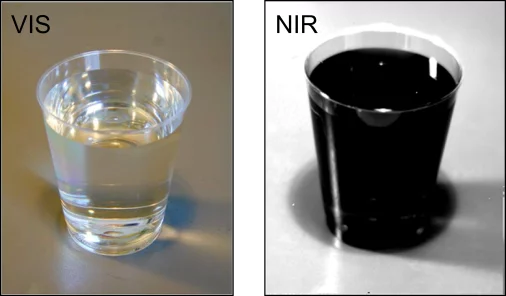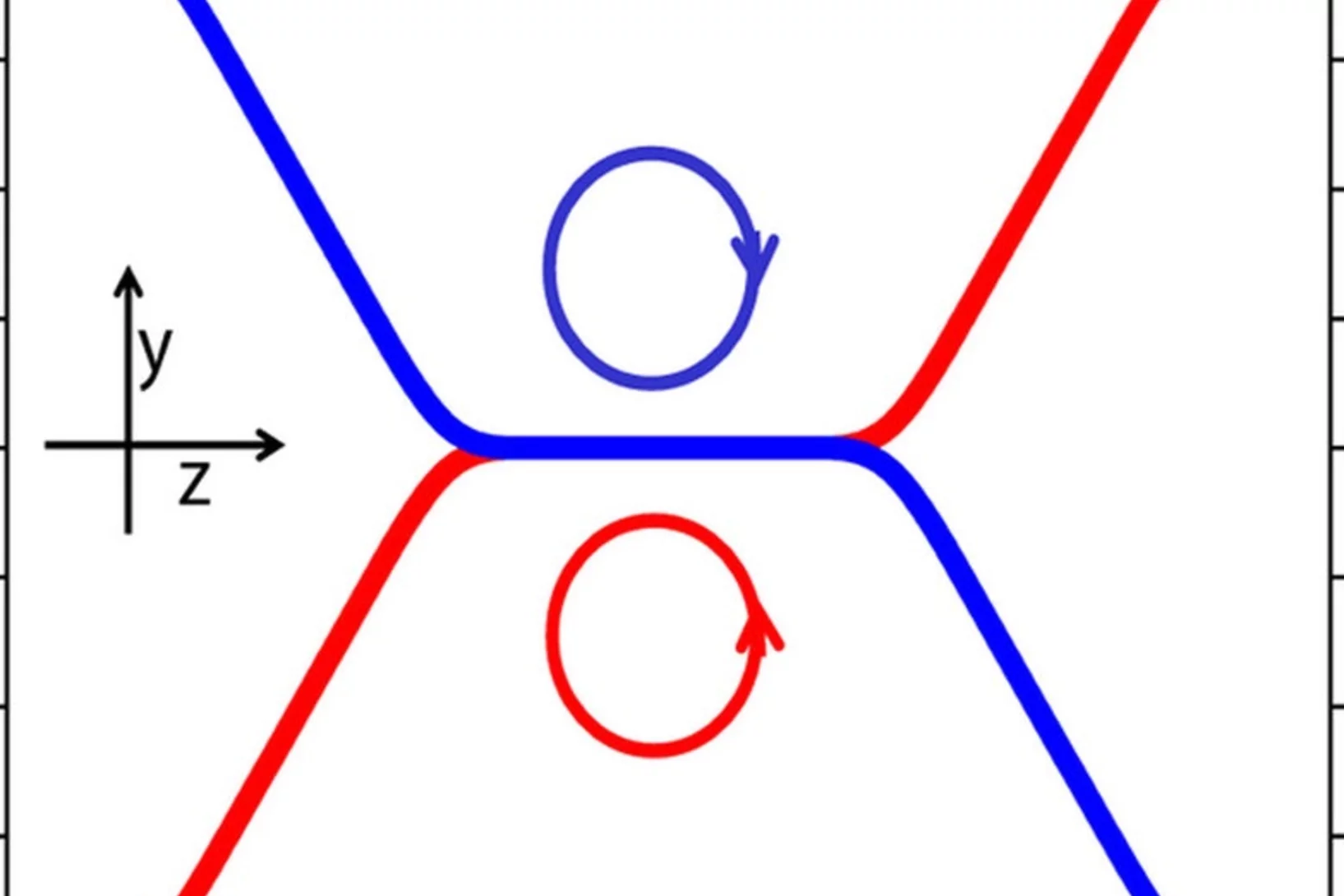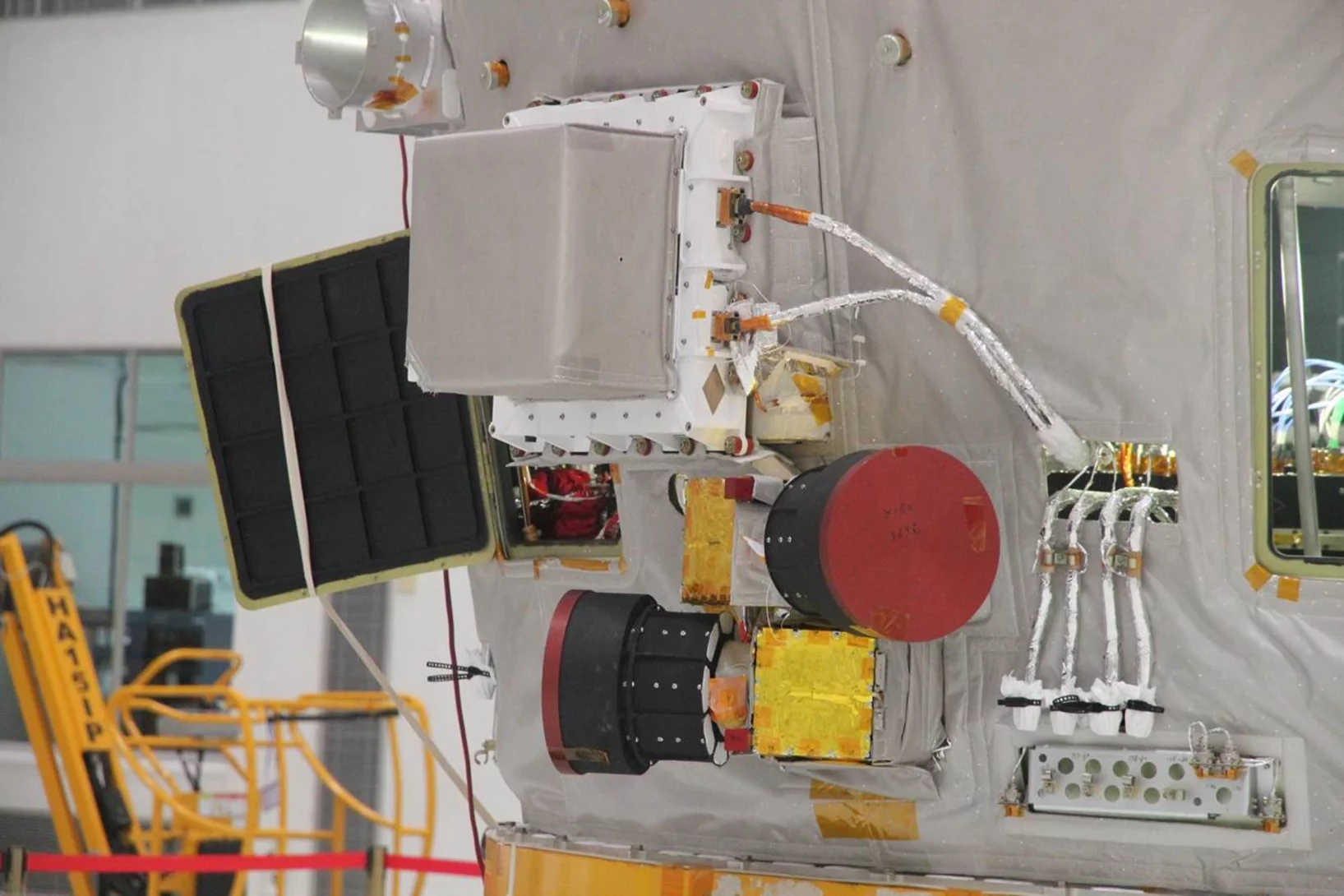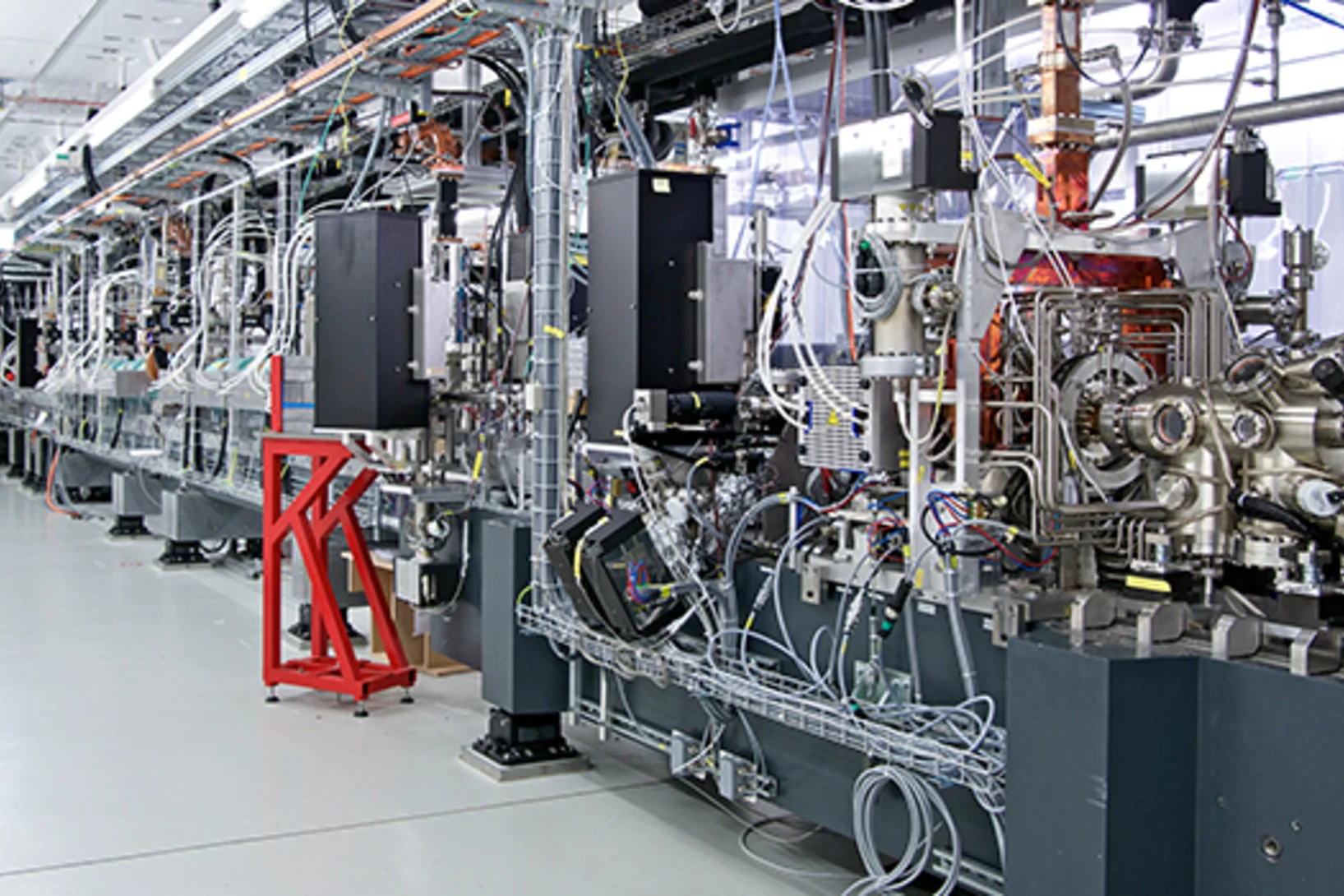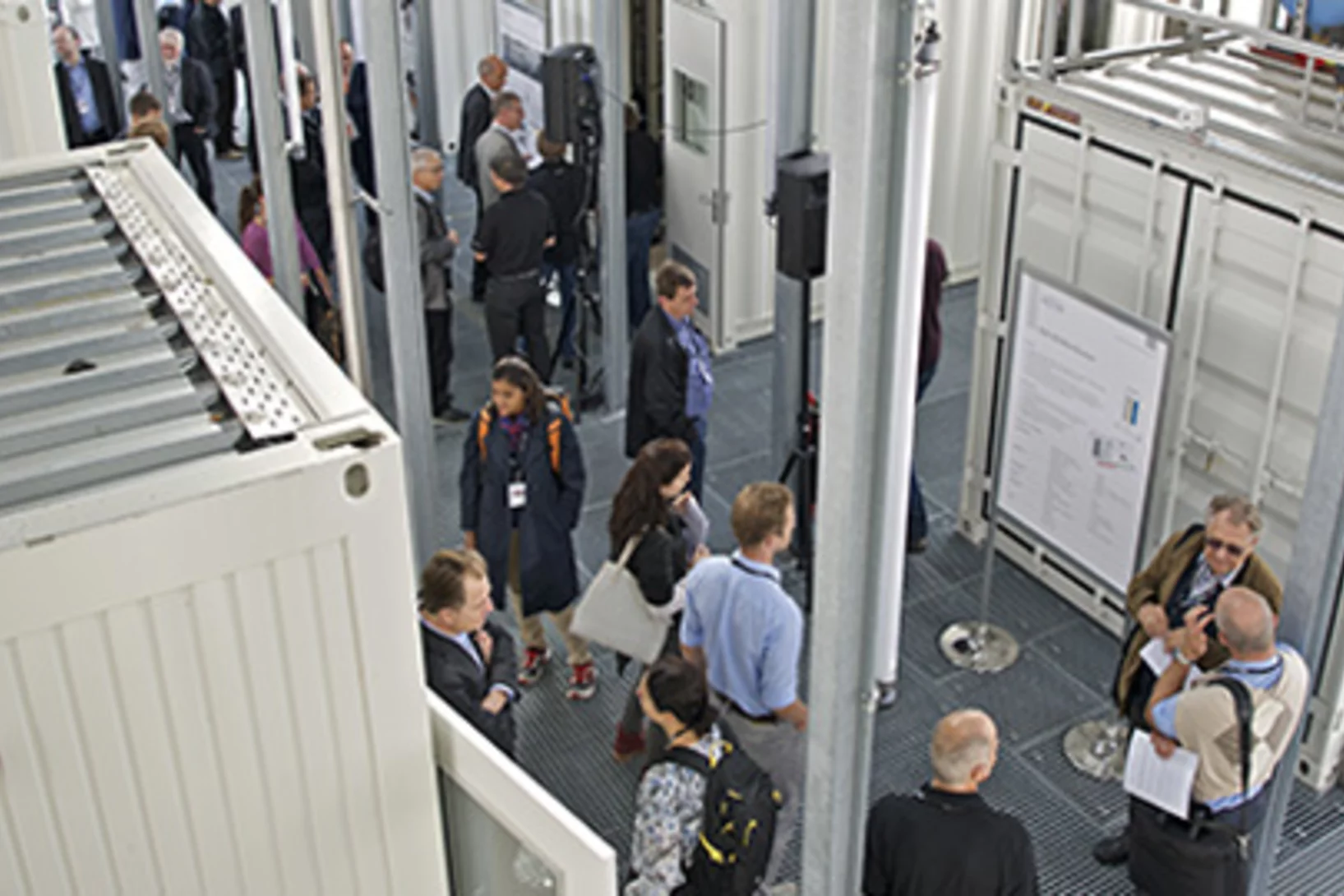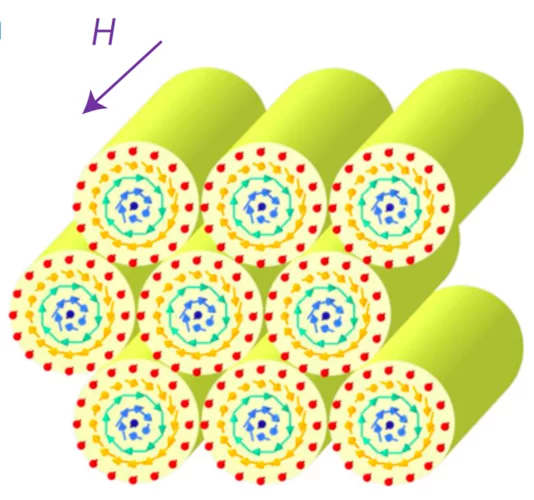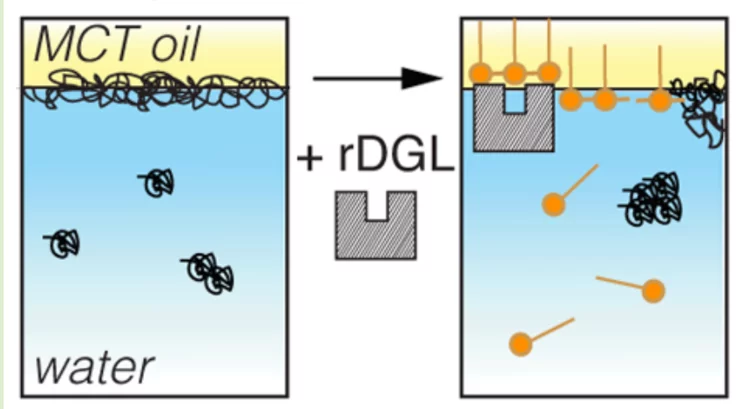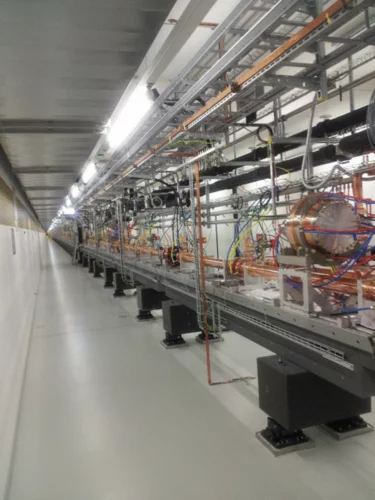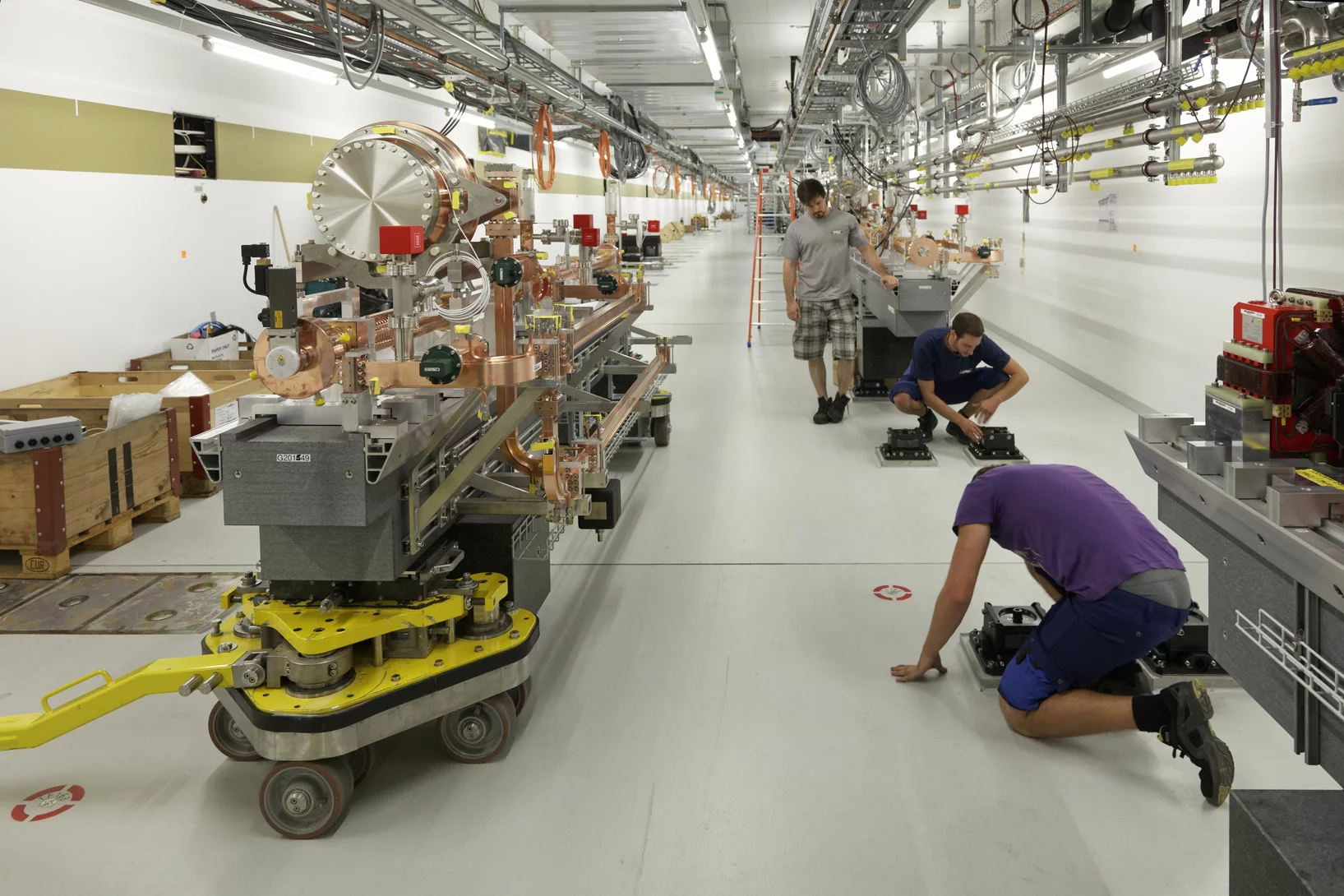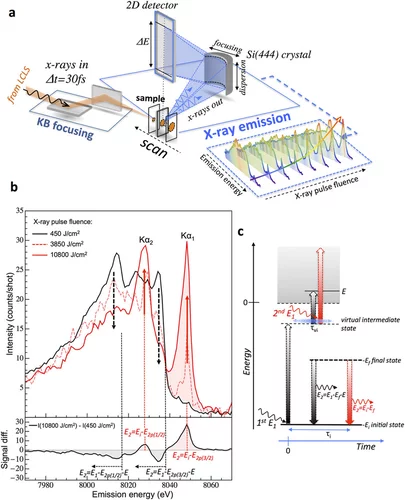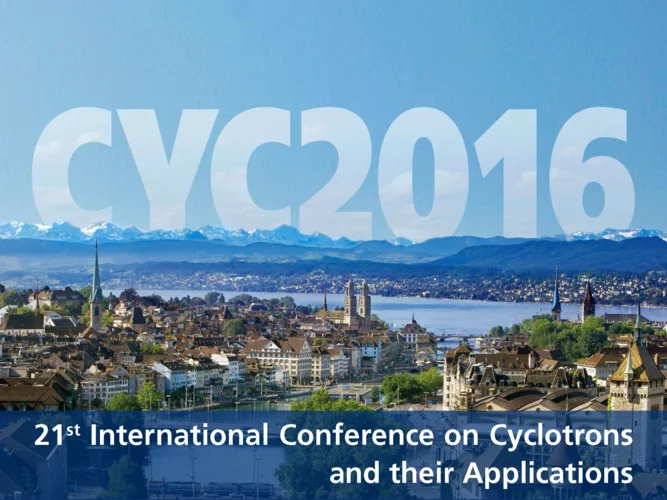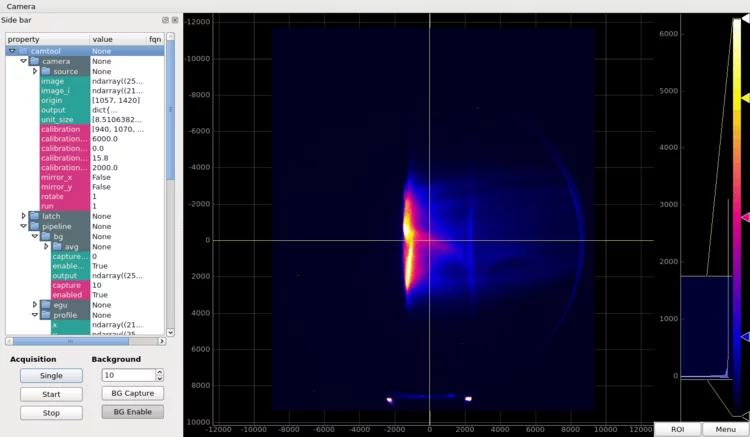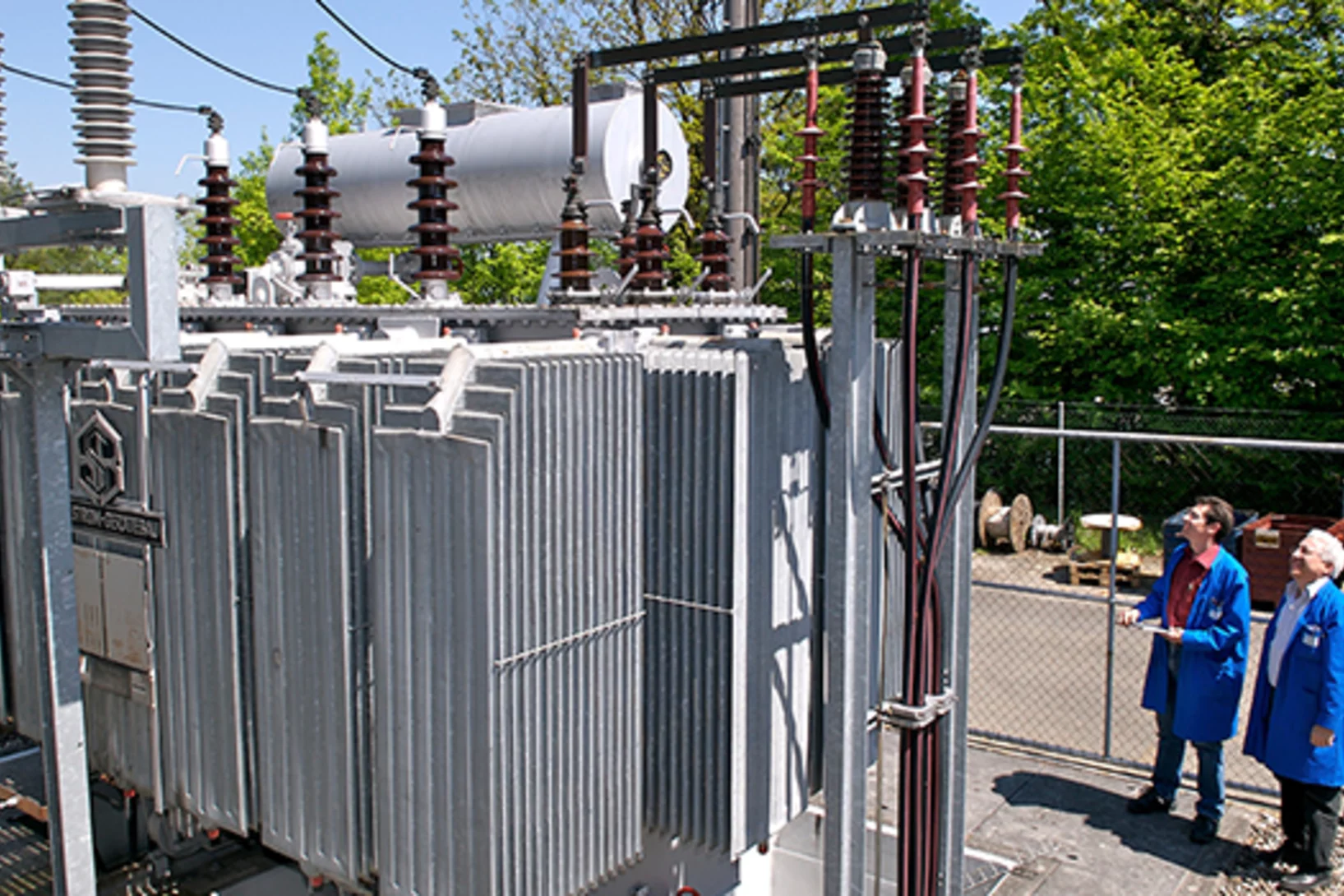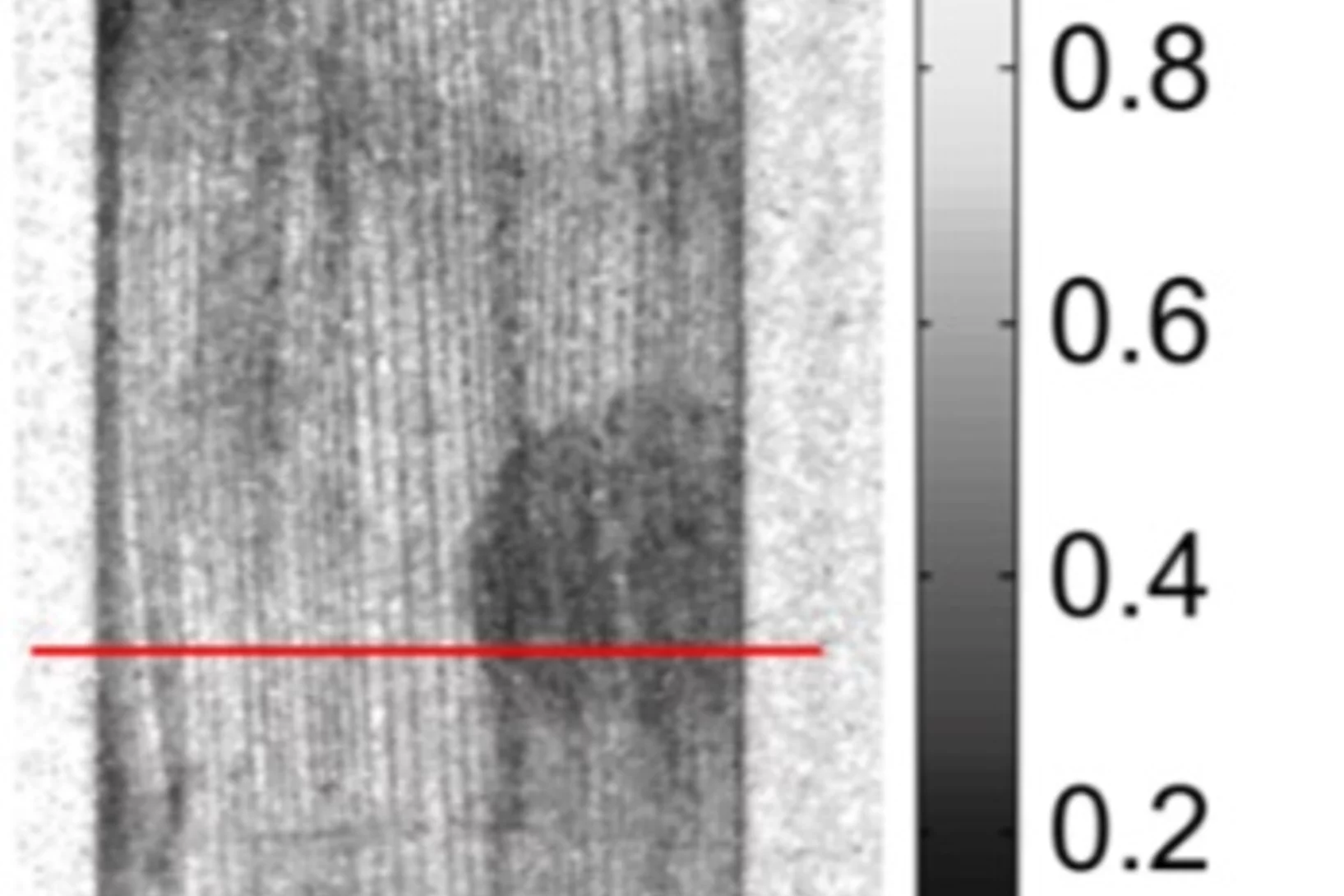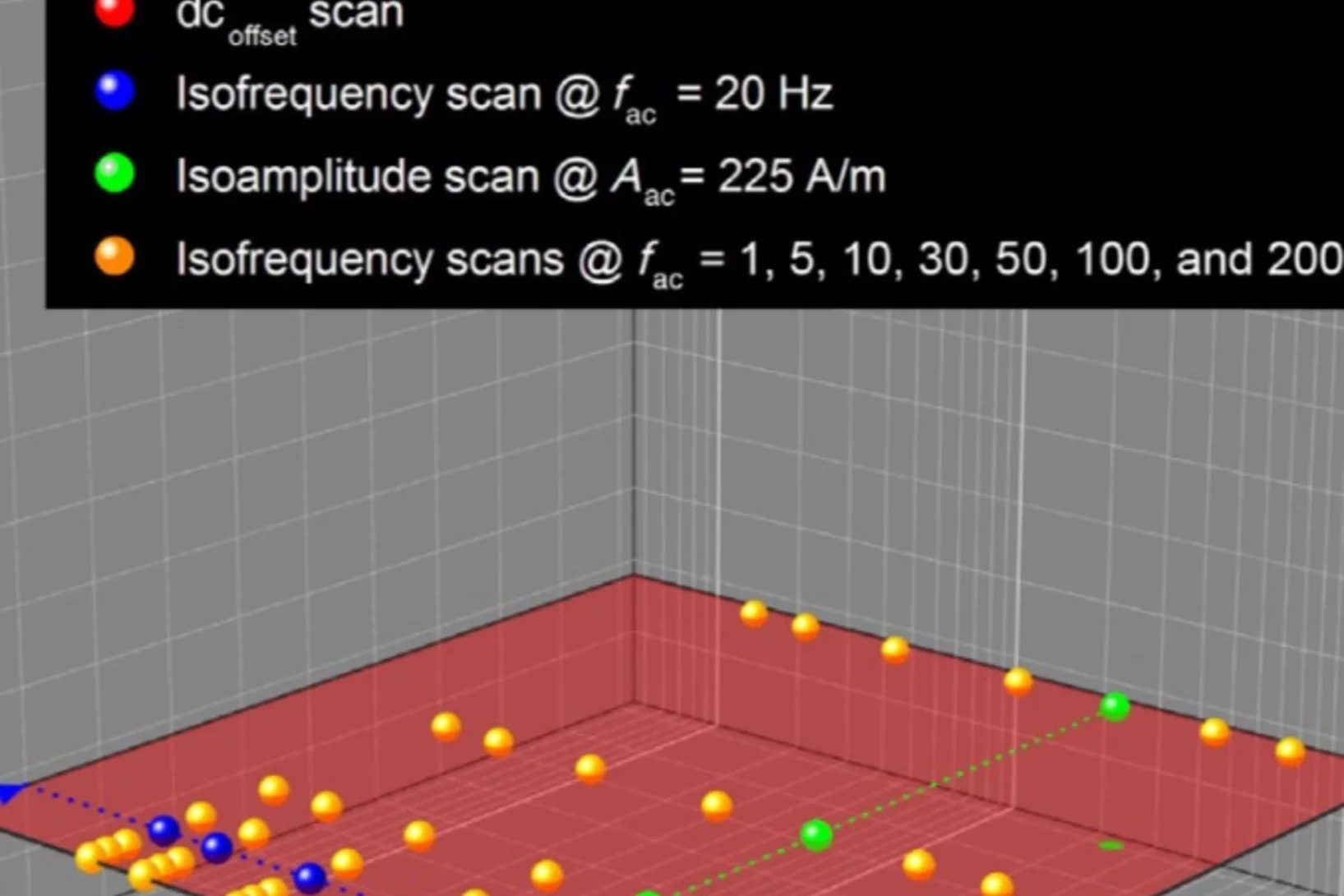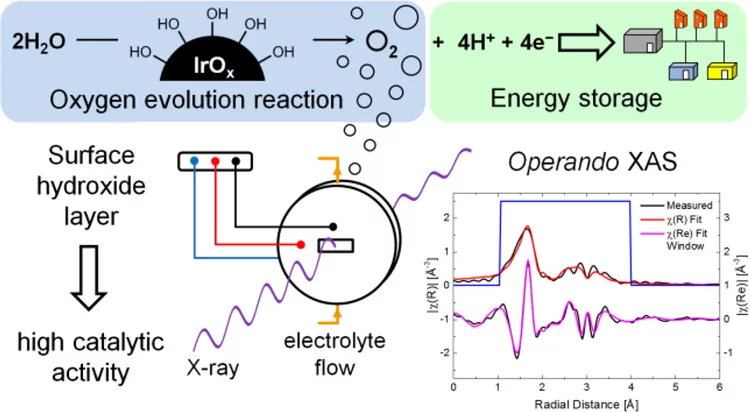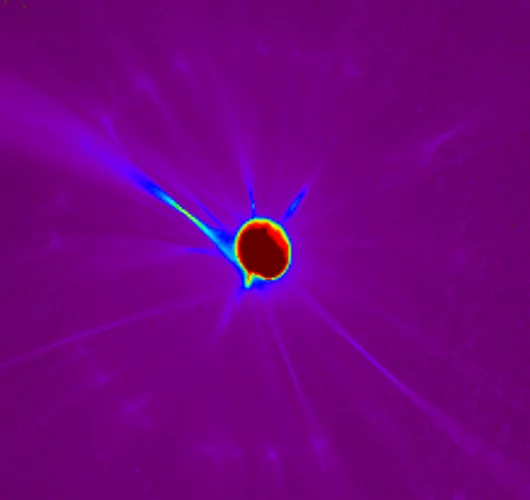Abkehr von der Kernenergie, Ausbau von Solar- und Windkraft, Energiegewinnung aus Biomasse, Senkung des Energieverbrauchs. Bis 2050 soll die Schweiz klimaneutral werden. Ein ehrgeiziges Ziel, welches durch die zunehmend herausfordernde geopolitische Lage dringlicher denn je geworden ist. Wie lässt sich in den nächsten Jahren eine nachhaltige und widerstandsfähige Energieversorgung für die Schweiz aufbauen? Wie können erneuerbare Energien optimal genutzt werden? Welche neuen Technologien sind besonders vielversprechend? Am PSI suchen Forschende nach Antworten auf diese entscheidenden Fragen.
Last undulator placed in SwissFEL tunnel
On the 6th of October the last undulator for the ARAMIS beamline was placed into the SwissFEL tunnel. Thanks to the efficiency and motivation of the different groups involved with undulator preparation, all 12 undulators were assembled, measured and installed in the tunnel between the 2nd of February 2016 and the 6th of October 2016.
An den PSI-Grossforschungsanlagen denken Physiker die Nobelpreis-Theorien weiter
Der diesjährige Nobelpreis für Physik geht an David Thouless, Duncan Haldane und Michael Kosterlitz. Die Akademie zitiert in ihrem Hintergrundbericht auch Experimente, die Michel Kenzelmann, heute Laborleiter am PSI, durchgeführt hat. Er und weitere Forschende am PSI experimentieren weiterhin noch auf der Grundlage der Theorien, die jetzt mit dem Nobelpreis ausgezeichnet wurden.
Nanoparticle-Based Magnetoelectric BaTiO3–CoFe2O4 Thin Film Heterostructures for Voltage Control of Magnetism
Multiferroic composite materials combining ferroelectric and ferromagnetic order at room temperature have great potential for emerging applications such as four-state memories, magnetoelectric sensors, and microwave devices.
Kinetic studies of the Pt carbonate-mediated, room-temperature oxidation of carbon monoxide by oxygen over Pt/Al2O3 using combined, time-resolved XAFS, DRIFTS, and mass spectrometry
The kinetics involved in novel ambient-temperature mechanism for the catalytic oxidation of carbon monoxide by oxygen over a Pt/Al2O3 catalyst is evaluated within a periodic redox operation paradigm using combined mass spectrometry (MS), diffuse reflectance infrared spectroscopy (DRIFTS), and time-resolved Pt L3-edge XAFS. A high-wavenumber (ca. 1690 cm-1) carbonate species are shown to be associated with a room-temperature redox process occurring in a fraction of the Pt atoms present in the catalyst.
Magnetodielectric detection of magnetic quadrupole order in Ba(TiO)Cu4(PO4)4 with Cu4O12 square cupolas
In vortex-like spin arrangements, multiple spins can combine into emergent multipole moments. Such multipole moments have broken space-inversion and time-reversal symmetries, and can therefore exhibit linear magnetoelectric (ME) activity. Three types of such multipole moments are known: toroidal; monopole; and quadrupole moments. So far, however, the ME activity of these multipole moments has only been established experimentally for the toroidal moment.
2,6 Millionen EU-Mittel für die Erforschung von grundlegenden Wechselwirkungen in Magneten
Christian Rüegg erhält die angesehene europäische Förderung ERC Consolidator Grant. Mit dem Geld will er weiter erforschen, wie die kleinsten magnetischen Bausteine der Materie wechselwirken.
Oxygen Evolution Reaction (OER)
Iridium oxides
Iridium oxides have been investigated by XAS under operando conditions to demonstrate the effect of size on OER.
Welcome Ling Fang
We warmly welcome Ling Fang in the Laboratory of Environmental Chemistry joining the Analytical Chemistry group as of 1st October 2016. Ling Fang studied environmental science at the Ocean University of China and received her Master Degree with a major in biogeochemical oceanography from the Seoul National University in South Korea. During her master thesis she developed a vacuum line to extract DOC from ocean water for analysis of its 13C and 14C content. Ling Fang will use her skills to extract DOC from glacier ice to investigate the potential of this specific carbon fraction for 14C dating.
Infrared imaging sheds new light on the condensation/evaporation process
Researcher at PSI (NES/LRT) have brought modern infrared technologies into their large thermal-hydraulic facility, called LINX, to obtain insights into condensation/evaporation process occurring under thermodynamic conditions resembling those of a nuclear power plant containment during a severe accident scenario. In such a scenario, condensation is of prime importance to control the thermodynamic state of the containment. It affects the pressure history, the overall gas (steam, hydrogen) and fission product distribution within this last barrier. Better understanding of these phenomena under accident conditions is essential to properly predict the accident evolution.
Realizing topological stability of magnetic helices in exchange-coupled multilayers for all-spin-based system
Topologically stabilized spin configurations like helices in the form of planar domain walls (DWs) or vortex-like structures with magnetic functionalities are more often a theoretical prediction rather than experimental realization. In this paper we report on the exchange coupling and helical phase characteristics within Dy-Fe multilayers. The magnetic hysteresis loops with temperature show an exchange bias field of around 1.0 kOe at 10 K.
POLAR experiment successfully launched on Chinese spacecraft
The second Chinese space laboratory satellite Tian Gong 2 was successfully launched from the Jiuquan Satellite Launch Center on September 15th, 2016 at 22:04 BTC (UTC+8h). Among more than ten instruments onboard it also brought to space the only non-Chinese experiment POLAR - the hard X-ray polarimeter.
Investigating the Role of Strain toward the Oxygen Reduction Activity on Model Thin Film Pt Catalysts
Environmentally friendly energy conversion devices such as fuel cells are becoming more and more attractive. However, major impediments to large-scale application still arise on the material side, related to the cost and poor performance of the cathode catalyst. State-of-the-art electrocatalysts are all Pt-based materials, suffering from poor electrochemical oxygen reduction kinetics.
SwissFEL auf der Zielgeraden: Die ersten Elektronen sind da
SwissFEL-Gebäude, 24. August 2016: Im Kontrollraum oberhalb des Strahlkanals des Freie-Elektronen-Röntgenlasers SwissFEL ist die Atmosphäre konzentriert und gespannt. Das Team um Marco Pedrozzi hat sich für diesen späten August-Nachmittag viel vorgenommen. Die letzten Justierungen wurden gemacht – es ist Zeit den grossen Knopf zu drücken und die Elektronenquelle in Betrieb zu setzen. Das Ziel: Der SwissFEL soll seine ersten Elektronen erzeugen. Eine Reportage.
Erneuerbare Energien: Versuchsplattform ESI startet
Diesen Herbst ist es so weit: Die Energy-System-Integration-Plattform am Paul Scherrer Institut PSI nimmt ihren Betrieb auf. Im Rahmen der Doppeltagung „Vernetzte Energieforschung Schweiz“ wurde sie heute den Medien und rund 150 Vertretern aus Politik, Industrie und Wissenschaft vorgestellt.
Robust metastable skyrmions and their triangular–square lattice structural transition in a high-temperature chiral magnet
Skyrmions, topologically protected nanometric spin vortices, are being investigated extensively in various magnets. Among them, many structurally chiral cubic magnets host the triangular-lattice skyrmion crystal (SkX) as the thermo- dynamic equilibrium state. However, this state exists only in a narrow temperature and magnetic-field region just below the magnetic transition temperature Tc, while a helical or conical magnetic state prevails at lower temperatures.
Blocking Gastric Lipase Adsorption and Displacement Processes with Viscoelastic Biopolymer Adsorption Layers
Delayed fat digestion might help to fight obesity. Fat digestion begins in the stomach by adsorption of gastric lipases to oil/water interfaces. In this study we show how biopolymer covered interfaces can act as a physical barrier for recombinant dog gastric lipase (rDGL) adsorption and thus gastric lipolysis.
Archive of Seminars
Archive of Seminars 2023-2019
First acceleration with the SwissFEL C-band module
On Thursday 08/09/2016, the first C-band module boosted an electron beam from 150MeV to 390 MeV. This is the first beam acceleration test of a C-band module in PSI and is an important milestone for the project, since the main accelerator consists of 26 C-band modules of the same kind.
Completion of SwissFEL LINAC
On September 13th, the last two modules of the linear accelerator were installed in the SwissFEL tunnel. This means that 26 accelerating modules are installed now. One accelerating module consists of four accelerating structures. In total there are 104 accelerating structures, with a lenght of 2 m each.
Establishing nonlinearity thresholds with ultraintense X-ray pulses
The advent of X-ray free electron lasers (XFELs) is opening the ability to reach extremely high photon numbers within ultrashort X-ray pulse durations and is leading to a paradigm shift in our ability to explore nonlinear X-ray signals.
Blick: Protecting Ice Memory
The international project “Protecting Ice Memory” aims to preserve the most valuable ice archives from high altitude glaciers for future generations.
With the ongoing warming of our climate and the consequence of rapid glacier melting observed worldwide, these natural archives of past climate and atmospheric conditions are in danger of being lost forever. As the glaciers warm, percolating melt-water will irreversibly disturb their chronological layering, thus making future investigations by next generation scientists with improved and to date still unknown analytical possibilities impossible.
“Protecting Ice Memory” will collect around 20 ice cores extracted from various glaciers around the globe in a natural ice cave at Concordia Station (Antarctica). With mean annual temperatures of around -50 °C, there, safe long-term storage and preservation of these valuable archives of the past is guaranteed.
21st International Conference on Cyclotrons and their Applications
The 21st conference in this series takes place from September 12 to 16, 2016 at the Federal Institute of Technology in Zürich. The cyclotron is a simple and efficient particle accelerator and its invention for the purpose of performing fundamental research dates back to 1929. Ernest Lawrence received the Nobel Prize for his idea in 1939. Today cyclotrons are used in a broad range of applications from large and complex facilities for basic research to highly optimized and cost effective solutions for industrial and medical applications. The series of cyclotron conferences provides a forum for the world leading experts to meet and to discuss technological and physics advancements in the field.
SwissFEL First Free Electrons, First Beam at 144 MeV and First acceleration with SwissFEL C-band modules
For the first time electrons were accelerated with a SwissFEL C-band module (the first one of a series of 26 modules). The module operated with the nominal parameters that will be used in the last two linac sections. The RF pulse duration was 3 µs, at an RF power of 36 MW from the klystron. This pulse was compressed to 350 ns, yielding a peak power of approximately 215 MW. At these conditions, the energy gain was estimated to be 235 MeV, which is well within expectations.
Der Weg zu besseren Trafos
Dank einer hochmodernen Untersuchungsmethode ist es Forschenden gelungen, in Transformatoren hineinzuschauen und die magnetischen Domänen im Inneren des Trafo-Eisenkerns bei der Arbeit zu beobachten. Transformatoren, kurz Trafos, sind unerlässlich für die Stromversorgung von Industrie und Haushalten. Die Forschungsergebnisse zeigen, dass die Untersuchungsmethode sich gewinnbringend zur Entwicklung effizienterer Trafos einsetzen lässt.
Magnetization Response of the Bulk and Supplementary Magnetic Domain Structure in High-Permeability Steel Laminations Visualized In Situ by Neutron Dark-Field Imaging
Industrial transformer cores are composed of stacked high-permeability steel laminations (HPSLs). The performance and degree of efficiency of transformers are directly determined by the magnetic properties of each HPSL. In this article, we show how the neutron dark-field image (DFI) allows for the in situ visualization of the locally resolved response of the bulk and supplementary magnetic domain structures in HPSLs under the influence of externally applied magnetic fields.
Frequency-Induced Bulk Magnetic Domain-Wall Freezing Visualized by Neutron Dark-Field Imaging
We use neutron dark-field imaging to visualize and interpret the response of bulk magnetic domain walls to static and dynamic magnetic excitations in (110)-Goss textured iron silicon high-permeability steel alloy. We investigate the domain-wall motion under the influence of an external alternating sinusoidal magnetic field.
Iridium Oxide for the Oxygen Evolution Reaction: Correlation between Particle Size, Morphology, and the Surface Hydroxo Layer from Operando XAS
A simple and scalable method for preparation of well-defined chlorine–free iridium oxide nanoparticles active for oxygen evolution reaction (OER) was developed. Operando X-ray absorption spectroscopy and X-ray photoelectron spectroscopy indicate that OER activity is strongly related to the presence of iridium hydroxo (Ir–OH) species on the surface of iridium oxide nanoparticles.
The chemical state of 79Se in spent nuclear fuel
An interdisciplinary study conducted at different PSI laboratories (LES,AHL, LRS, SYN) in collaboration with Studsvik AB (Sweden) demonstrates that selenium originating from fission in light water reactors is tightly bound in the crystal lattice of UO2. This finding has positive consequences for the safety assessment of high-level radioactive waste repository planned in Switzerland, as it implies (contrary to previous assumptions) that the safety-relevant radionuclide 79Se will be released at extremely low rates during aqueous corrosion of the waste in a deep-seated repository.By Enzo Curti (PSI-LES)
The chemical state of 79Se in spent nuclear fuel
An interdisciplinary study conducted at different PSI laboratories (LES, AHL, LRS, SYN) in collaboration with Studsvik AB (Sweden) demonstrates that selenium originating from fission in light water reactors is tightly bound in the crystal lattice of UO2. This finding has positive consequences for the safety assessment of high-level radioactive waste repository planned in Switzerland, as it implies (contrary to previous assumptions) that the safety-relevant radionuclide 79Se will be released at extremely low rates during aqueous corrosion of the waste in a deep-seated repository.
First Electron Beam in the SwissFEL Facility
On August, 24th 2016, the electron gun accelerated the first photo-electrons in SwissFEL up to the energy of 7 MeV, initiating the beam commissioning phase of the new SwissFEL facility. After several days of RF conditioning, the gun reached the nominal acceleration gradient of 100MV/m at an input power of 17MW with a pulse-width of 1 micro second at an operating frequency of at 2998.8 MHz.


